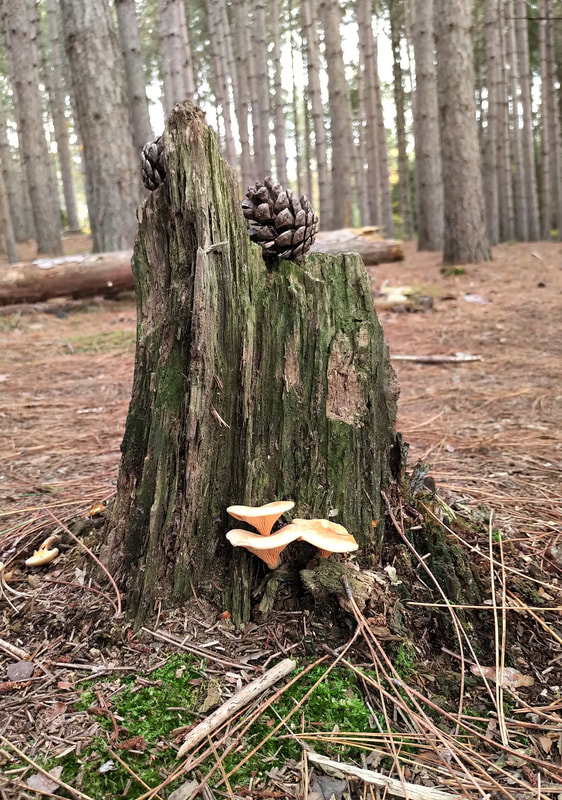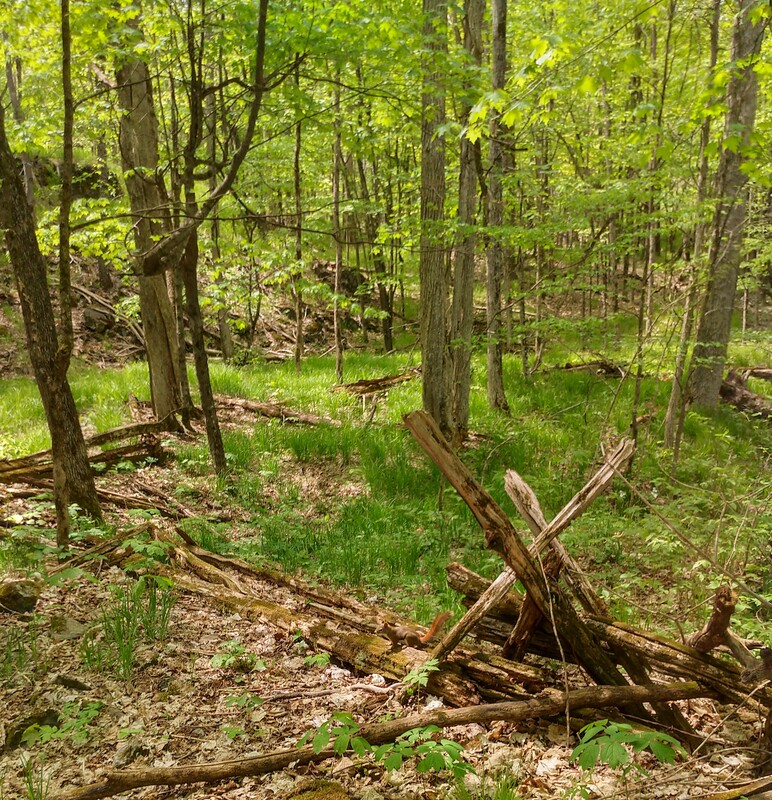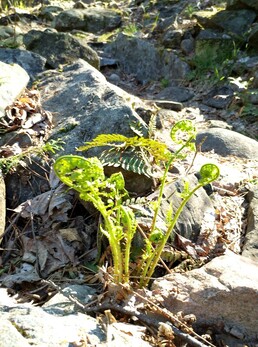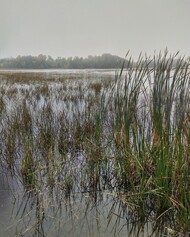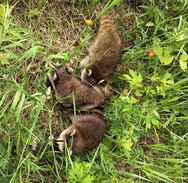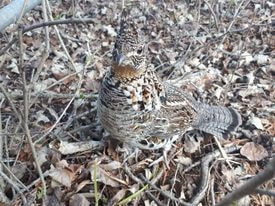|
To learn about the natural landscape of Lanark Highlands and the surrounding areas, two in depth sources provide insightful information. The research compiled in ‘A Place in Time’ by The Natural Resources of Lanark County (Community Stewardship Council of Lanark County, 2008) (‘APIT’) as quoted by T. Peluso, Millstone News and Jean McGill’s book, ‘A Pioneer History of the County of Lanark’ detail the local landscape and wildlife in the early 1800’s. Some wildlife has thrived and is present in the current ecosystem. Other species have either moved their territory to other locations or are no longer seen anywhere. The changes in landscape from thick, dense forest with “130 foot high by 6 foot wide white pine, red pine, maple, ash, elm, beach, basswood, black oak, ironwood, birch, hemlock and cedar” (APIT) to open areas converted for agricultural purposes meant that some wildlife had to relocate to seek cover in unsettled areas. The wolverine and marten of the Mustelidae family are both shy, solitary and reclusive species and did not adapt to the changes in the environment and the human population in Lanark County. The fauna that was abundant in the area in the 1800’s included “foxes, wolves, raccoons, beavers, otters, martens, minks, squirrels, hares, rabbits and muskrats” (APIT). When settlers arrived and the fur trade increased it changed the populations of this wildlife. The records of the local General Stores show prices paid for pelts locally. The demand for fur from overseas increased the exports and changed the harvesting of wildlife from primarily a need for food, clothing and tools to a focus on monetary profit. The harvest of wildlife became so prolific that in 1890, Ontario established a Royal Commission on Fish and Game to “deal with a noticeable loss of wildlife” (APIT). Reports of endangerment of bird species prompted a Treaty on Migratory Birds to be signed in 1916. The following year saw legislation to regulate hunting. The grey wolf, Eastern cougar, lynx, bobcat and wolverine moved their territories northward. There are fewer martens in Lanark County and the grey fox, Eastern wolf, Eastern cougar are considered endangered while the Eastern elk was deemed extinct by 1880 (APIT). Jean McGill wrote about settler reports of hearing the loud howls and barking of ‘wolves, foxes, wolverines and hoots of owls’ nearby their cabins during nights. She describes the flora that the settlers encountered in abundance as including, “wild fruits and berries, onions, plums, cheery and walnut trees, gooseberry and current bushes, raspberries, strawberries, cranberries, beans, cresses, teas from wild marsh plants, maidenhair ferns and maple bark”. A cranberry marsh that stretched 18 miles between Rideau Lake and Lake Ontario had large plants that floated on the water with foot long entangled roots below the surface of the water. The water was known to be infested with snakes which were prevalent in many areas. Mosquitoes were a constant nuisance for humans who had little means of protection from them. (McGill) Inhabitants of Lanark Highlands enjoy the benefits of living amongst wildlife. A short drive to a local conservation area provides the opportunity to see tracks and sometimes a glimpse of an animal in its natural habitat. Biking the byways, hiking on trails and canoeing on local waterways puts humans in touch with the wildlife that continues to make the Highlands their home. For further information on wildlife in 1800’s and the changes in the environment of Lanark County over time, check out these original sources at The Millstone News and the book by Jean S McGill, A Pioneer History of Lanark County, published in 1968.
0 Comments
Leave a Reply. |
AuthorThis journal is written, researched, and maintained by the volunteers of the Middleville Museum. |
